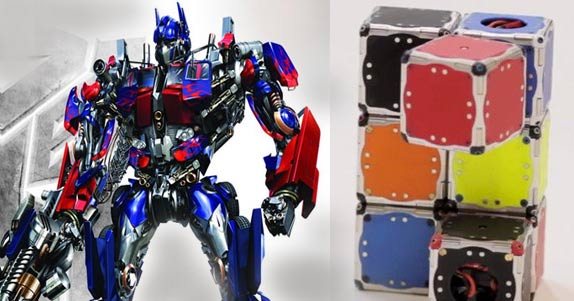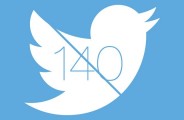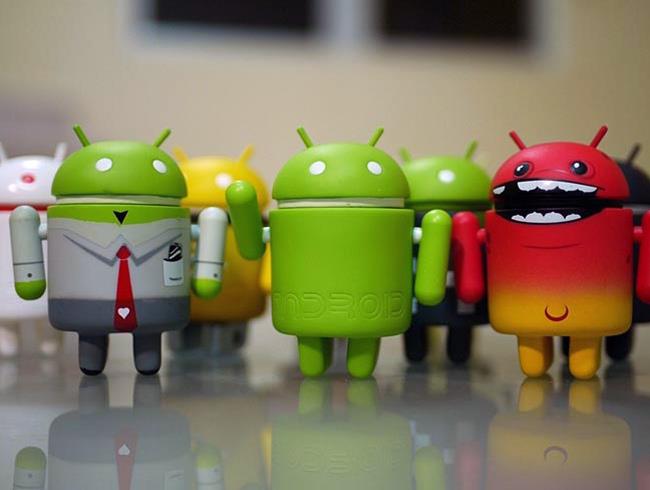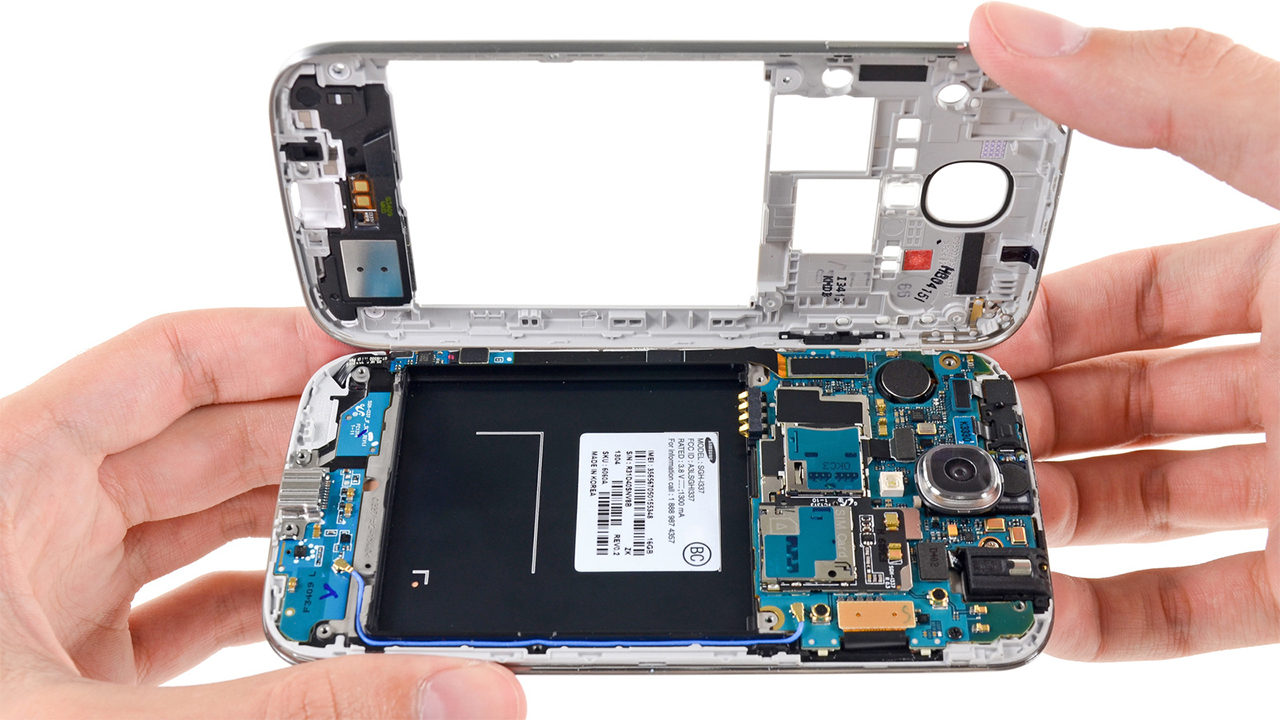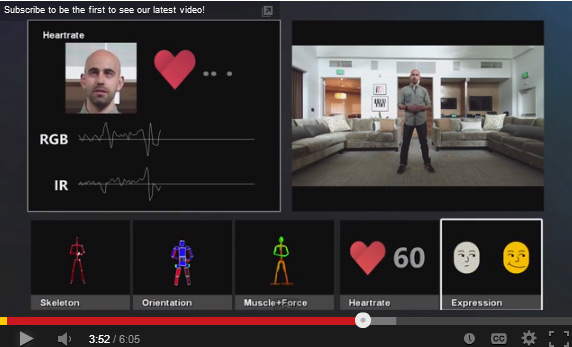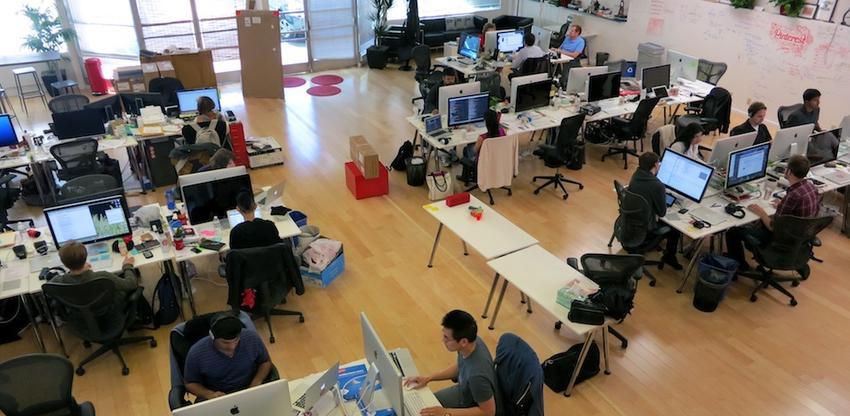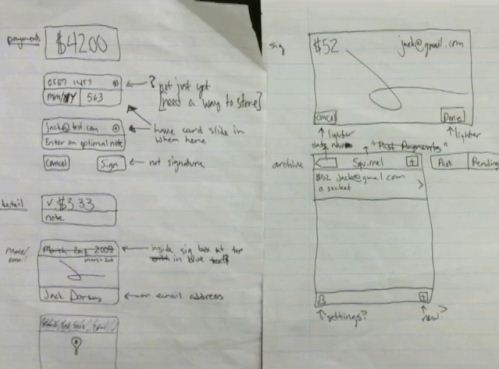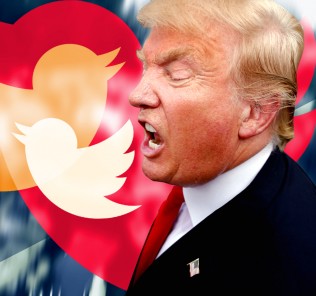Justin Timberlake Collaborates with Stipple for new Album… but what is Stipple?
We talked about Stipple a couple months ago. Stipple is a startup that helps publishers and marketers monetize their images. The SanFrancisco Startup announced this morning that it has raised $3 million in follow-on funding from Sands Capital. This bridge round follows the $5 million series A the company raised in May from Floodgate and Relevance and the $2 million in seed it nabbed in 2010. All told, Stipple now has $10 million in the bank from a laundry list of recognizable names as investors, including Sands, Mike Maples’ Floodgate, Relevance, Kleiner Perkins, Justin Timberlake, Matt Mullenweg and Naval Ravikant — to name a few.
So why are these investors jazzed about this San Francisco-based startup? Well, simply put, Stipple wants to make the Web’s sea of photos and images more intelligent. In other words, the startup’s technology allows publishers to add a layer of identifying information to their photos, tagging those photos with links to other images, video or simply to embed a citation to the original author.
Similar to Luminate and ThingLink, the real appeal of Stipple’s technology is monetization — in that it allows publishers, marketers and retailers to turn their images into advertisements, embedding links that would take the viewer directly to an online store where they could buy the product.
As an example, say you’re checking out a Stipple-powered image of a new pair of Air Jordans. Embedded within that image will be a number of different nodes that, when they’re scrolled over, will produce pop up preview images of a video of the shoes in action, or images of the shoes from different vantage points, or a link to the place where you can buy them.
Users can upload their images directly to Stipple from their blogs, online stores, websites and so on and even view the analytics around particular images, which will show how many people viewed the photo, which links they interacted with and so on.
The company tells us that, by the end of the year, it will have over 100 million accurately tagged and monetizable images in its database. All publishers in its network and developers using its API earn affiliate and ad revenue as their audiences interact with Stipple-powered photos.
Long before Pinterest exploded onto the scene, advertisers have been enthralled with the idea of being able to advertise, buy and sell products inside photos, videos and multimedia. The problem, says Stipple founder and CEO Rey Flemings, is that the process is complex, time-consuming and expensive. Keeping up with and accurately tagging the billions of photos published on the Web every day is a Herculean task.
As it’s honed its technology, Stipple is now increasingly able to scale its production. In November, for example, the startup tagged 12 million images. By the end of this month, the company will have tagged more than 80 million images. Flemings tells us that the startup’s current rate of tagging is greater than 1 million images per day — and he claims that it’s 100 percent accurate.
While that sounds a little unbelievable, naturally eCommerce companies and online merchants have been eager to get on board, and hundreds of brands, including Nike, L’Oreal, Zappos and Nordstrom use Stipple to tag tens of millions of images per month.
 But what is likely of most interest, given the uproar around Twitter pulling its support for Instagram photos within its stream, is Stipple’s recent Twitter integration, which brings the company’s interactive content in-stream, within Twitter. This new integration utilizes Twitter Cards, which allow developers to embed multimedia experiences into tweets and Twitter streams.
But what is likely of most interest, given the uproar around Twitter pulling its support for Instagram photos within its stream, is Stipple’s recent Twitter integration, which brings the company’s interactive content in-stream, within Twitter. This new integration utilizes Twitter Cards, which allow developers to embed multimedia experiences into tweets and Twitter streams.
When Stipple-powered images are tweeted out into the Twitterverse, users can click on those tweets to view cards that reproduce the image with Stipple links embedded. This means that users can interact with products directly from their Twitter stream, checking out product info, videos and alternate views. Naturally, this is ideal for Twitter, as it enables users to get more of a 360-degree view of whatever is being advertised or shared without having to click away from Twitter to dive into the product.
In turn, it gives brands an alternative method of promoting and selling their products on the social network, automatically creating a bridge between the merchant’s images on other third-party sites and the originals. Brands don’t have to go in and tag photos themselves, it all happens automatically.
This gives both brands and consumers greater control over their images, particularly in distribution, as images are automatically connected back to their original owners. Publishers then have visibility into where their images are being used on the Web, how many people are viewing them, and so on.
A greater sense of ownership and control over image distribution is no doubt appealing to brands, publishers and end users, but Stipple’s integration with Twitter Cards is far and away the most interesting piece of the puzzle, especially given the context. Twitter has been obsessed with figuring out how to most effectively enable eCommerce on its platform. Instagram wanted a piece of revenue from views in-stream, but Twitter said no thank you.
Instead it pursued a work around that has seen it pulling full support for in-stream Instagram photos, while quickly pushing out cards, filters and photo functionality of its own. Twitter’s hastily-created solution pales in comparison to Instagram and pissed a lot of people off, but by adding Stipple integration, they get a new way to monetize the stream.
And, for Stipple, this is a boon, as Twitter is its first real channel partner outside of its publisher deals, which its had to go out and make one by one. Through Twitter, it gets access to an enormous distribution channel that would’ve taken months (or years) to build on its own.
What do you think?













